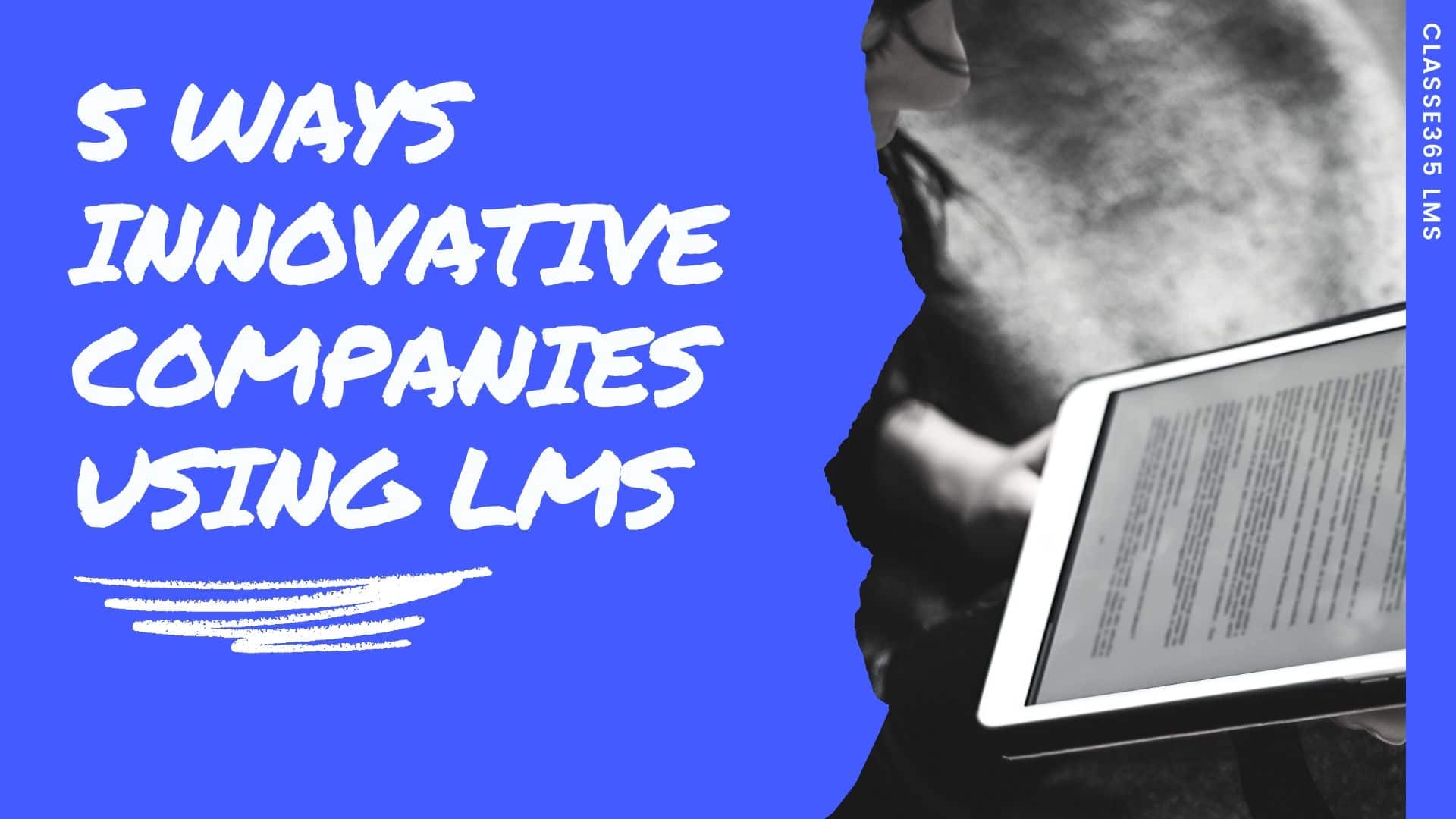Traditional methods of learning are becoming less effective and efficient in today’s technologically-driven world. Whether it’s learning for students or employees, utilizing a learning management system helps organizations make learning successful. From optimizing processes to saving costs, it is breaking boundaries in providing benefits to different institutions.

The corporate sector has been quick to recognize the value of this medium of L&D (learning and development), and the rate of its adoption has been unstoppable. In fact, according to Markets and Markets LMS Market study, the market size of Learning Management System is expected to balloon to $22.4 billion in 2023.
But in spite of this promising future, there are still some companies who fail to make the most out of their Learning Management Systemusage. To keep yourself from joining this league and ensuring you optimize the processes at your organization, we’ve composed four ways you can use to stand with the winners.
1. Utilize Learning Management System (LMS) for Educational Institutions
To provide a fruitful and good experience to students, switching from traditional learning methods is essential. Migrating study materials to the cloud storage and moving processes such as student admission to a centralized online system optimize the school management. Hence, innovative educational institutions utilize their own LMS. And this deployment of technology is only one of the ways education startups are disrupting the educational industry.
One of the top reasons is centralizing information. The best learning management systems provide a unified storehouse of educational data. Students and teachers can access study materials online anytime and anywhere using any device. With this, everyone can time from administrative tasks and storage. It also expedites retrieval of materials. This quick access through laptops, smartphones and tablets also motivates students and learners to study more with the online courses’ independence for time and space.
Meanwhile, teachers get to have flexibility in teaching. It enables creativity and innovation through different pedagogical models. Techniques that can be used include flipped learning, gamification, blended learning and social learning. Offering an interactive online learning environment also encourages students to communicate and collaborate freely. Through engagement, learning becomes fun. It allows building connections and sharing opinions.
Flip classes are a good example. This method refers to giving students assignments at home and enabling discussions and demonstrations in the classroom. This encourages self-study and exploration for the students. Ultimately, using effective tools, methodologies and features of e-learning is crucial for education institutions to measure results and optimize processes.

2. Connect Your Employees for Effective Learning
The main purpose of employing e-learning at the workplace is to give your employees the opportunity to learn, regardless of their age, job level and learning capabilities. One of the many ways you can maximize the effects of workplace learning is the “buddy system.”
By systematically pairing your new employees with more experienced colleagues, you can create a mentorship program that both types of employees can benefit from. Coming in shy and lacking in experience, the fresh hires often have questions that they normally don’t ask their superiors. But with their experienced buddy, they would be more confident to ask such questions and could get the best answers based on peer knowledge and company experience. A good learning management platform enables these employees to grow in learning without any procedural hiccups. Such a scheme can get your company amplified results in employee management and retention due to the dividends it provides for the participants.
An all-in-one school management system also helps you manage other processes such as invoicing, lead management and nurturing, and application and admission. With the right tool, you can increase admissions and improve learning activities.
3. Make Microlearning Your Successful Training Strategy
How many times have you heard your employees say that they barely remember what was discussed during their training? This can deteriorate quickly with 50% of the information forgotten after an hour of training, 70% after a day, and a whopping 90% by the following week.
The solution is to create smaller sized chunks of learning instead of feeding everything to the learners in one go. By cutting up the information into smaller bites, the information becomes easier to digest, which enables your employees to remember it longer. These snackable knowledge chunks, or learning modules should not be longer than 3 minutes and matched with simple graphics to make them more memorable.
4. Create Interesting Modules through Gamification
Learning is often seen as a tedious task that takes a lot of time and effort to achieve. With the use of gamification, the absorption of information becomes easier because it stops taxing the learner. Time and again research has concluded that people learn more when they enjoy the learning experience.
Aside from making the training modules fun for the participants, gamification also allows your training team to cater to various levels of competencies in your audience. Not only that, but it also provides a friendly competition amongst your employees which motivates them to do better with their modules.
To make it more enticing for your participants, it would be a good idea to integrate their smartphones with the LMS platform. This will allow employees to engage with training material while they’re on the go. Don’t forget the screen scraping issues for meaningful data when you decide to do this.
5. Adjust Your Skills Assessments to the Needs of the Company
One of the benefits of using a comprehensive employee e-learning system is adapting your workforce to the ever-changing demands of the times. Your learning platform is capable of recording, storing, and sorting the skills of your employees to make sure they are able to reach their fullest potential. By keeping tabs on this data, you can smartly analyze your different business needs and make the necessary changes with your available manpower to address them. This is why there has been a 900% increase in the use of e-learning by small businesses and according to a 2017 Small Business Trends report, employee training by means of a learning management system has evolved into a norm in the industry today.
Learnings About Your LMS
Technology has paved the way for an efficient training environment that benefits the corporate industry in unprecedented ways. With that, it’s essential to check out the kind of corporate training management system that best suits your organization’s needs and budget and offers smooth deployment.
Also, to further identify the best LMS for your company, you should wisely determine how your company would use it to engage employees in a way that they learn more efficiently. This goal can be ultimately achieved by making your modules fun, engaging, practical, and accessible for your employees and making your training truly valuable.
Comparing products is essential to find which one suits your needs best. If you are running an educational institution, you can start your search with Classe365. It is a modern school management system that centralizes CRM, LMS, SIS, and accounting, among others, to power educational institutions around the globe. To know more, read this Classe365 review to get an overview of its key features, benefits, and technical specifications. Interested users can request a demo to learn about how the tool can streamline processes for your organization.
